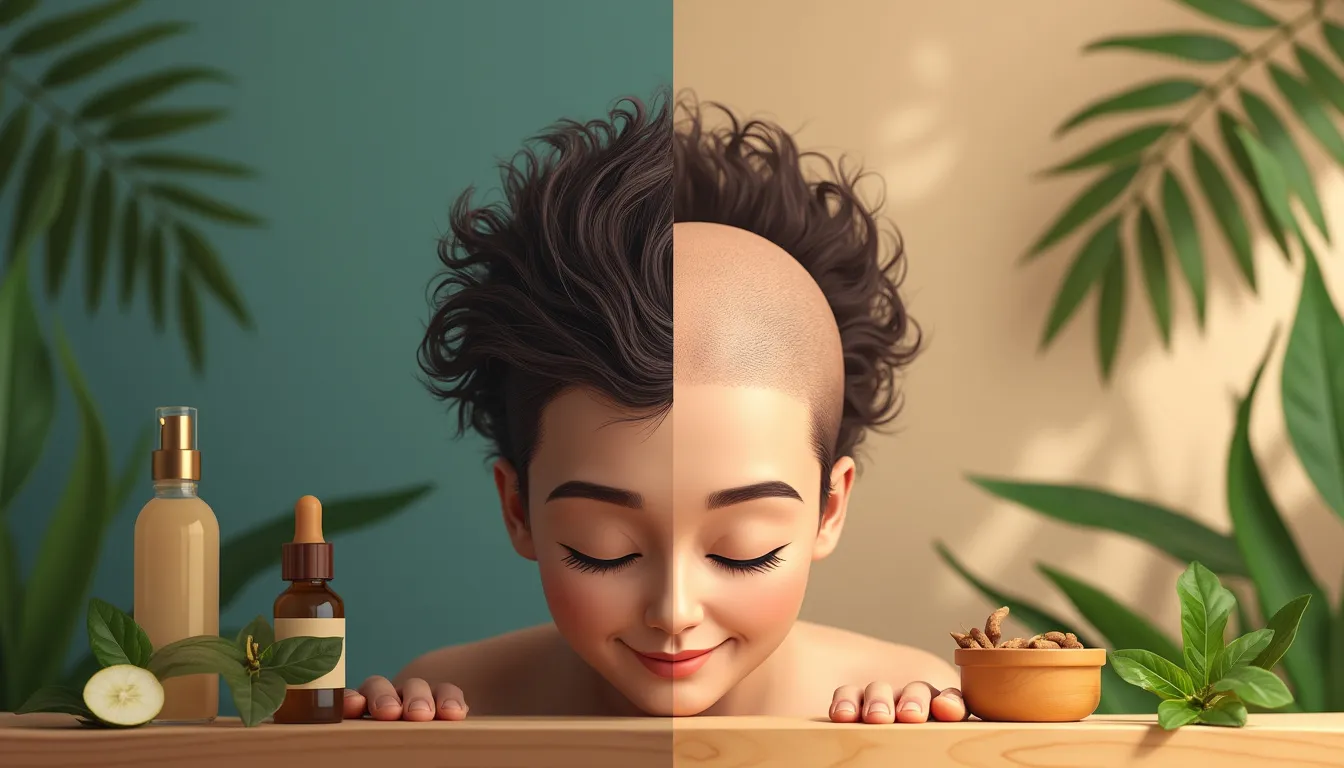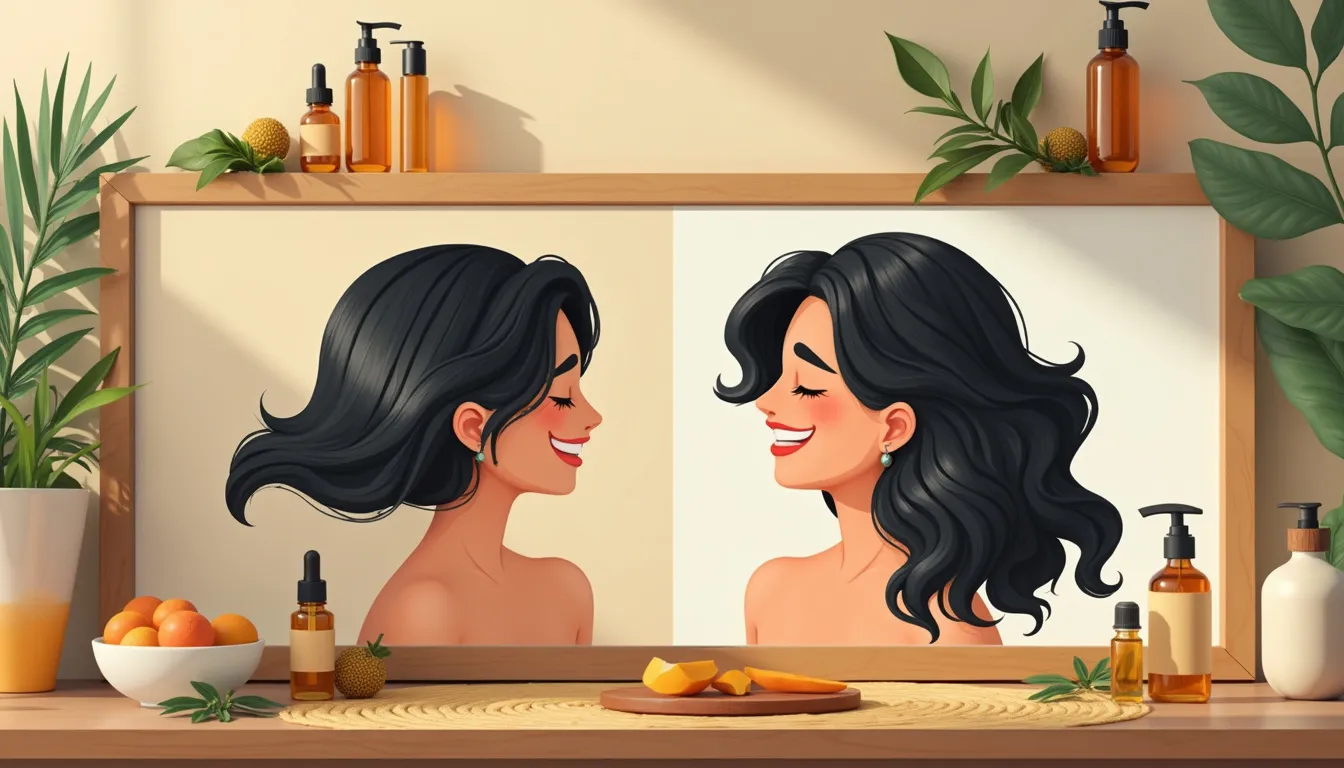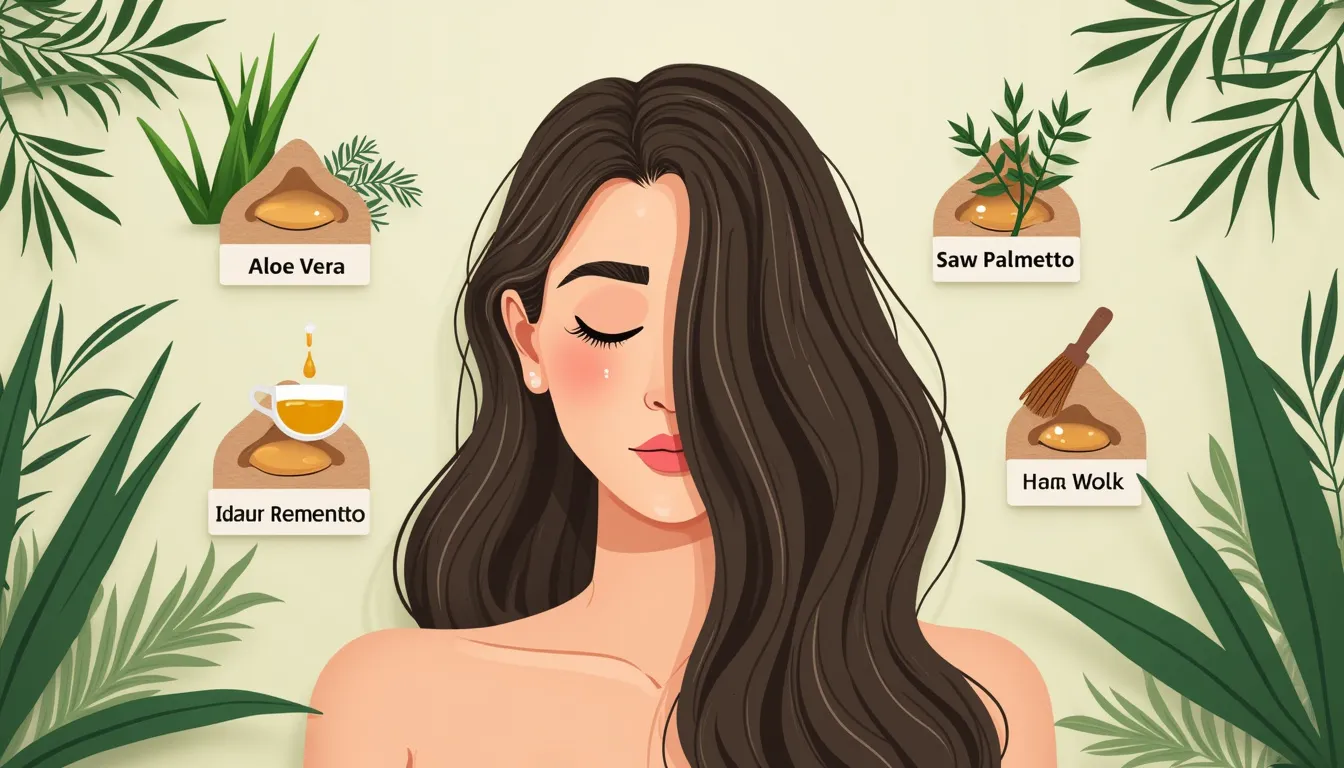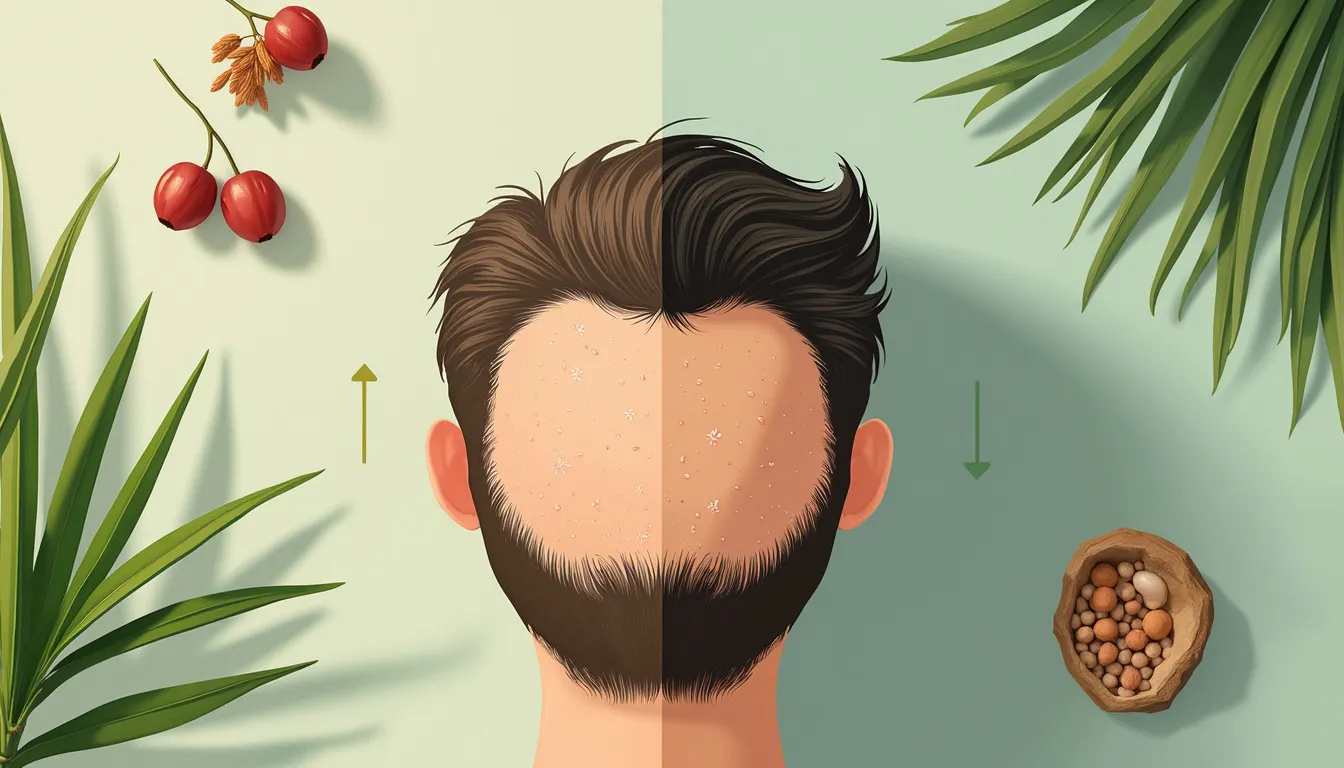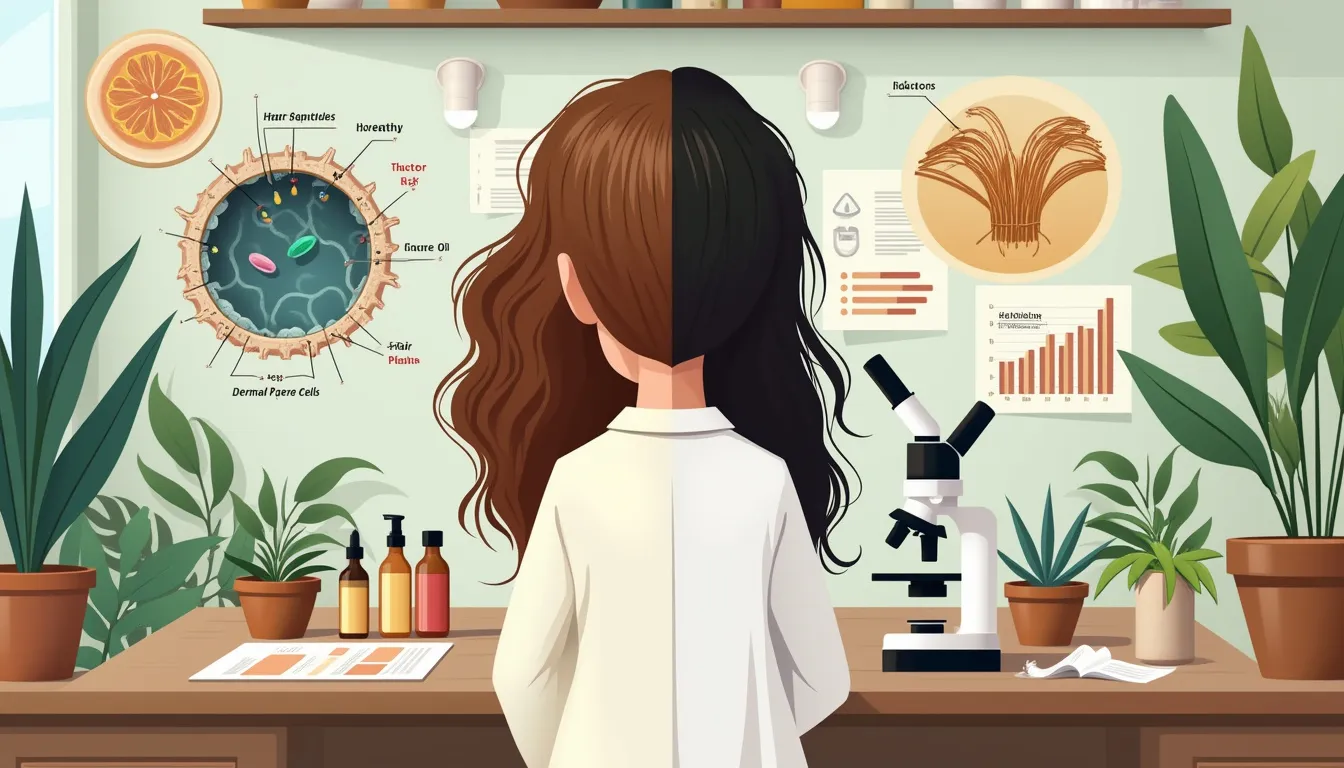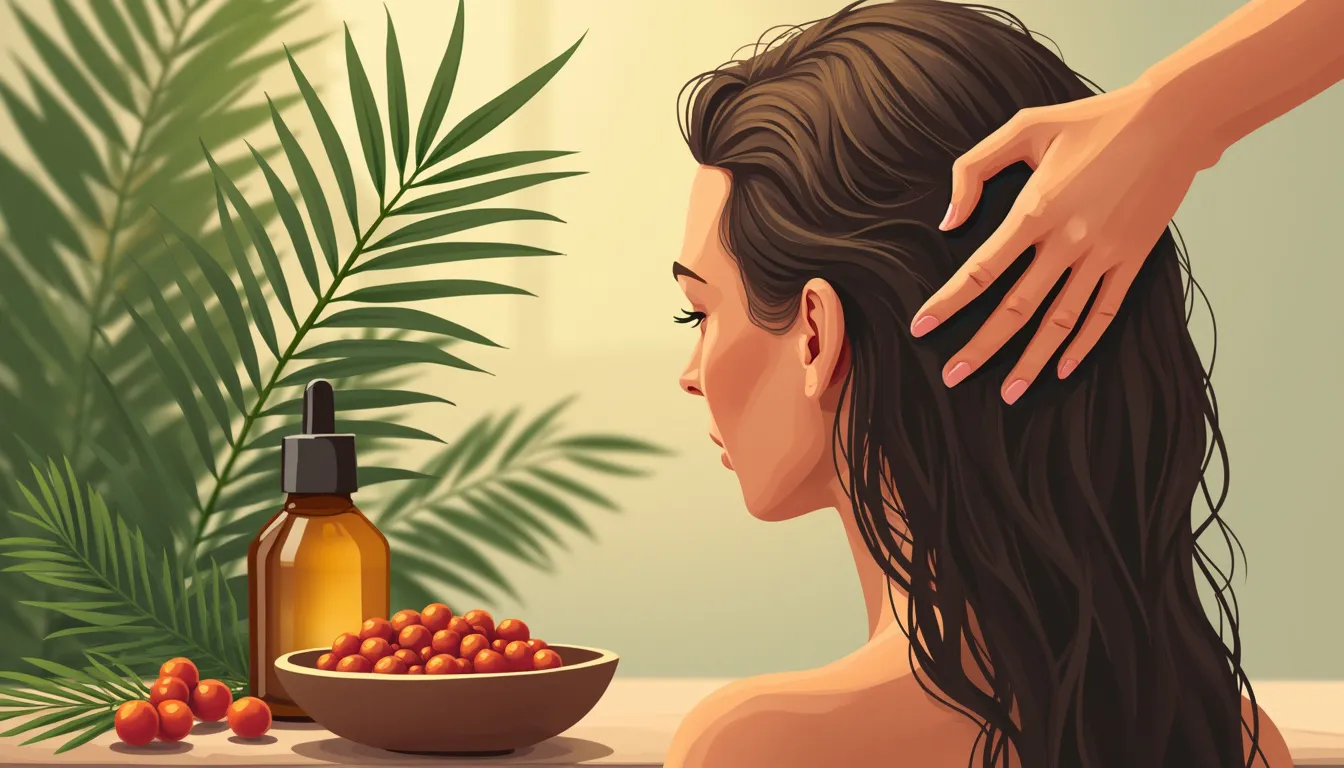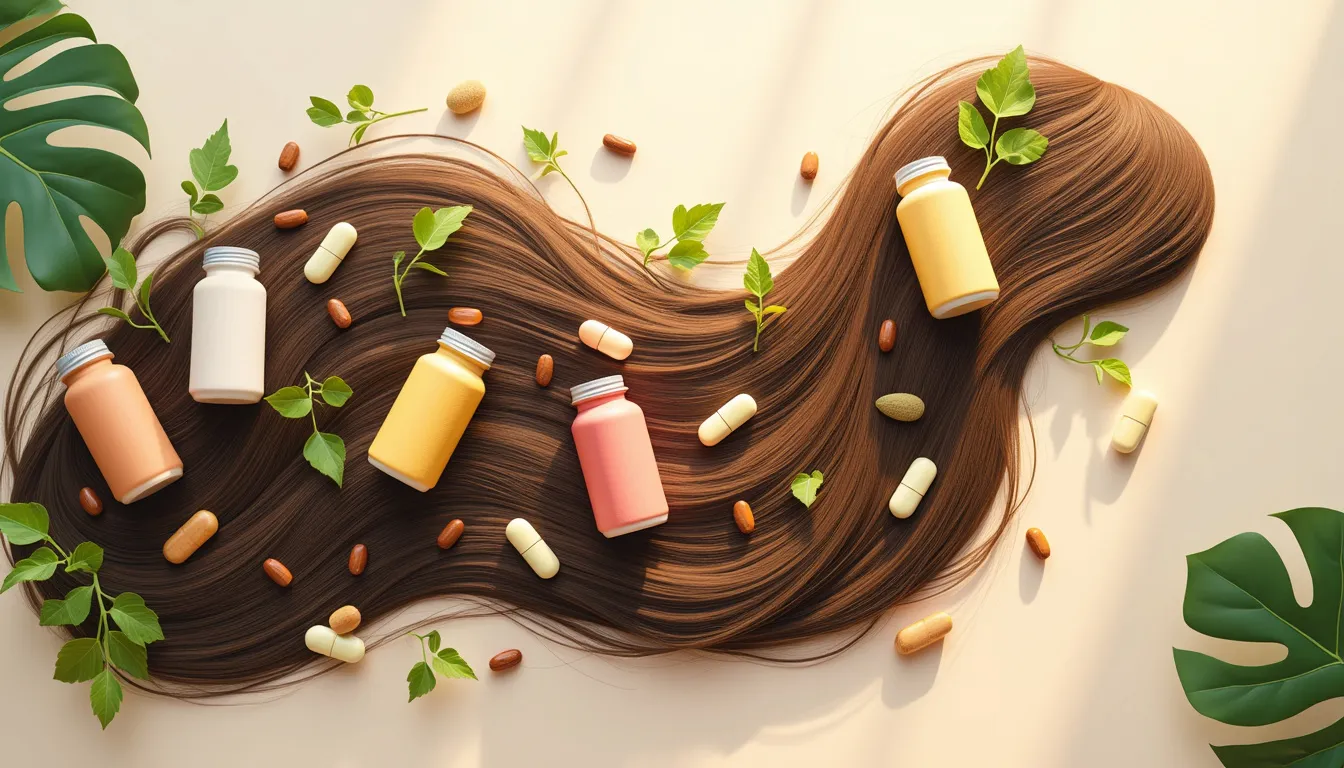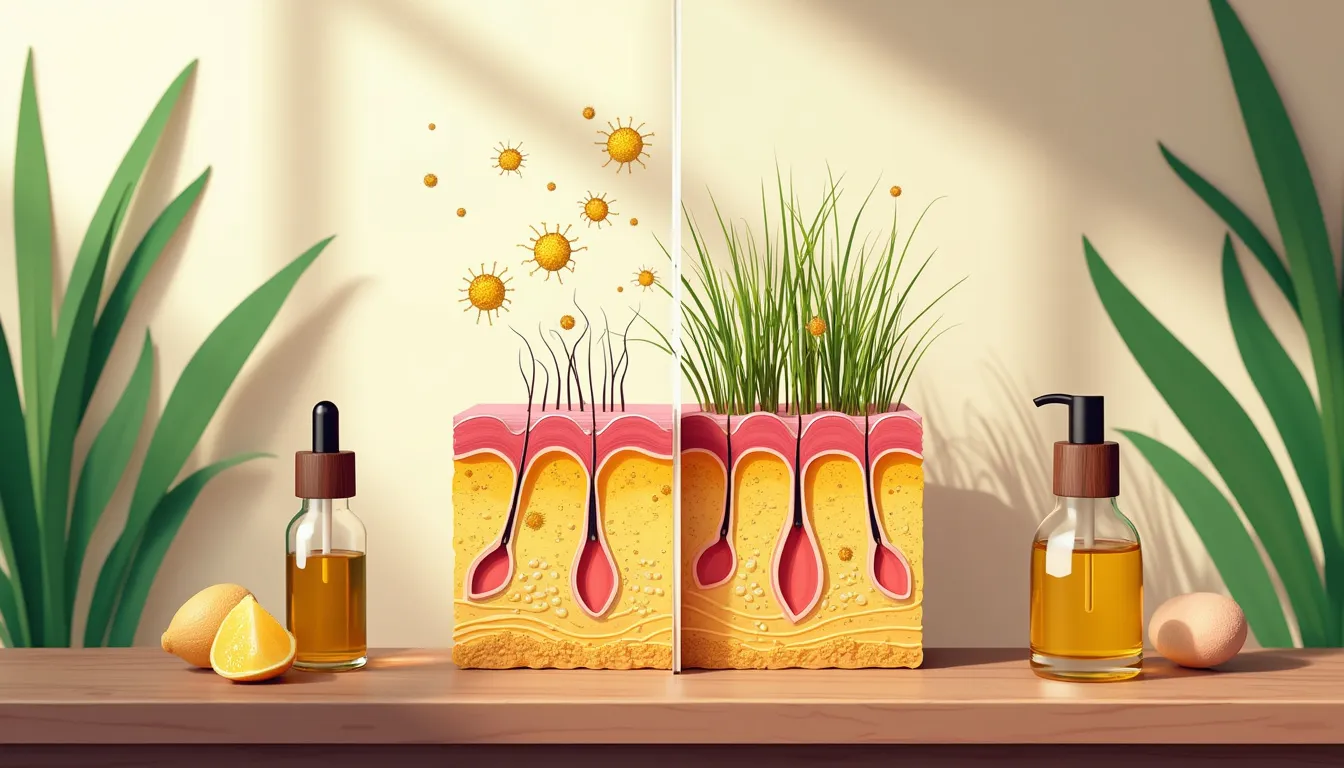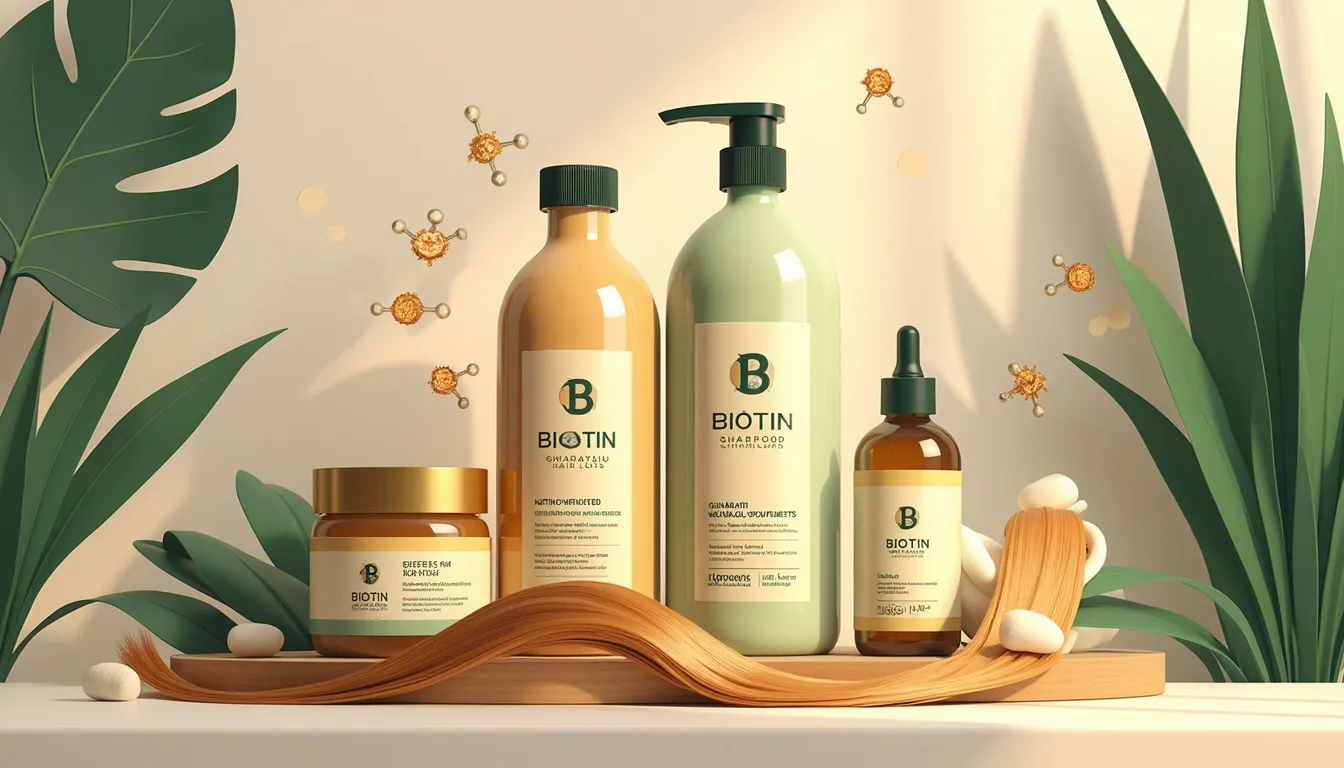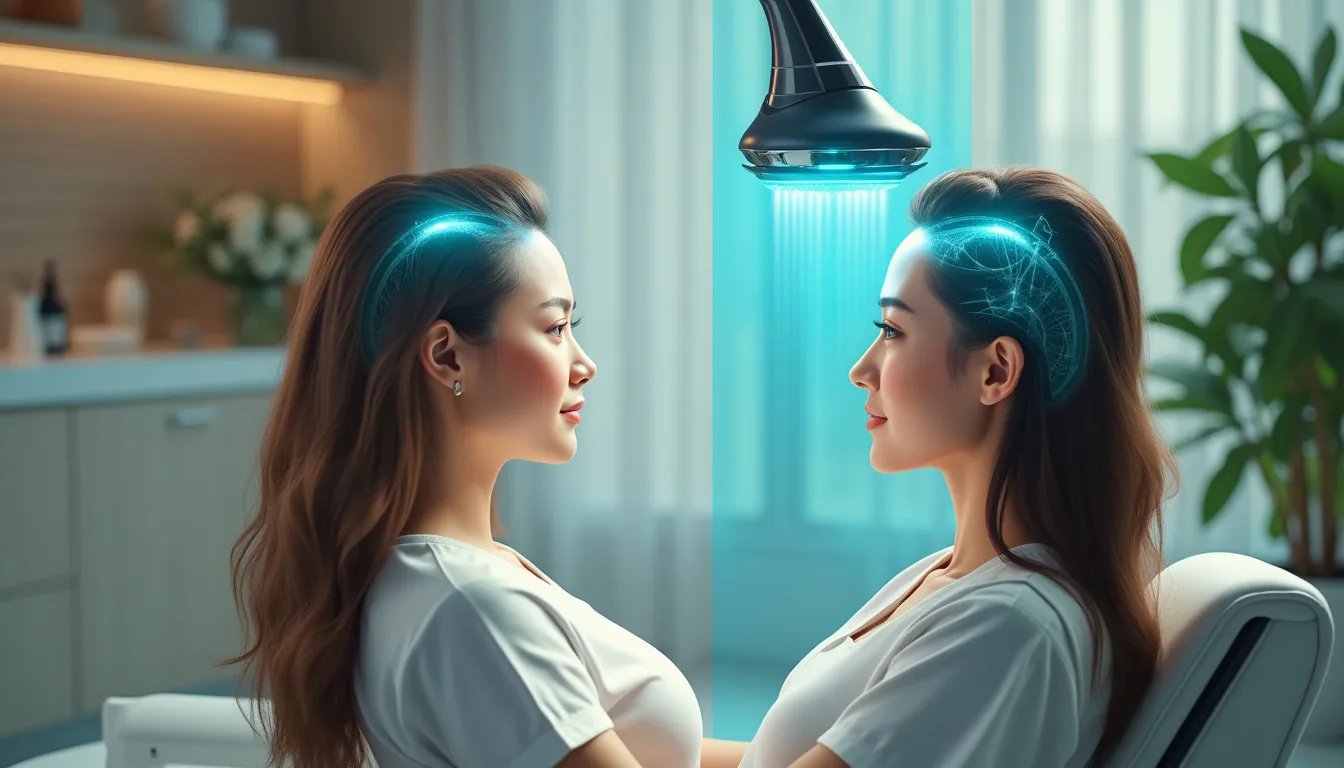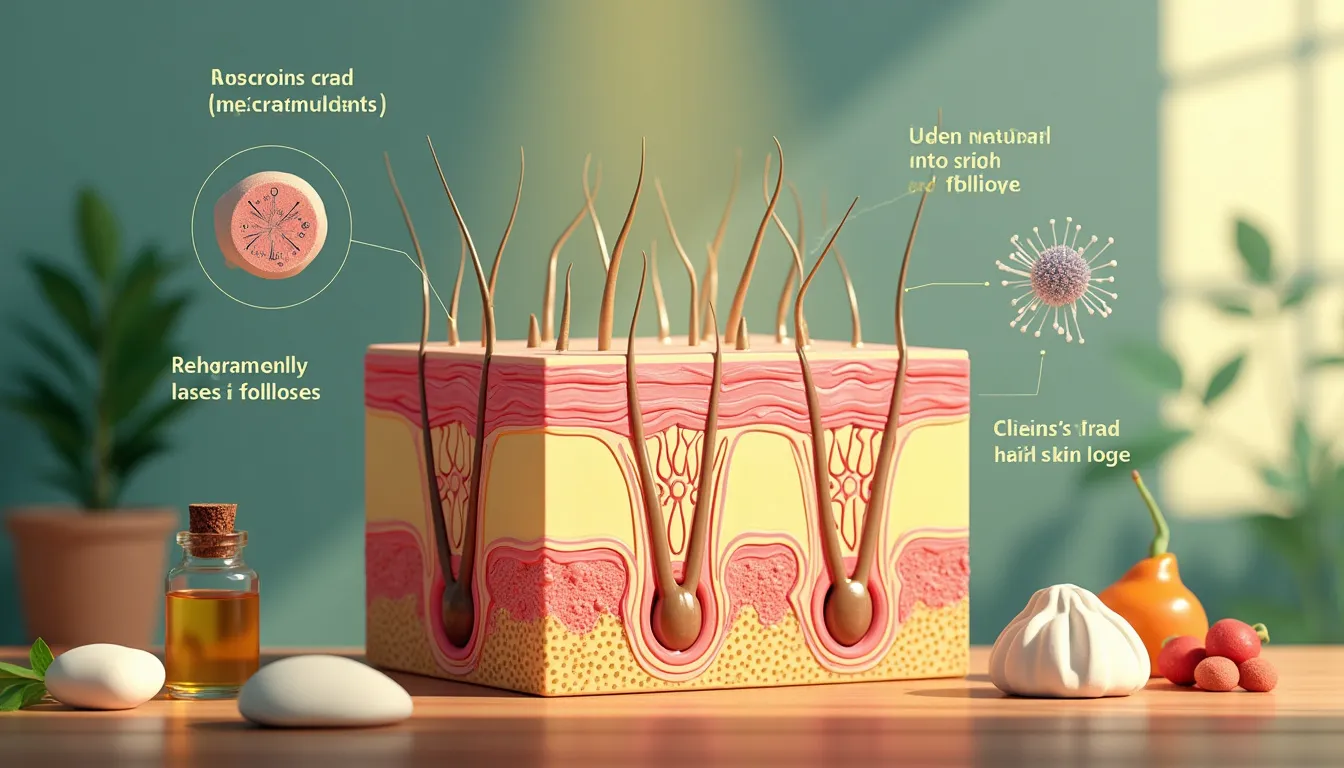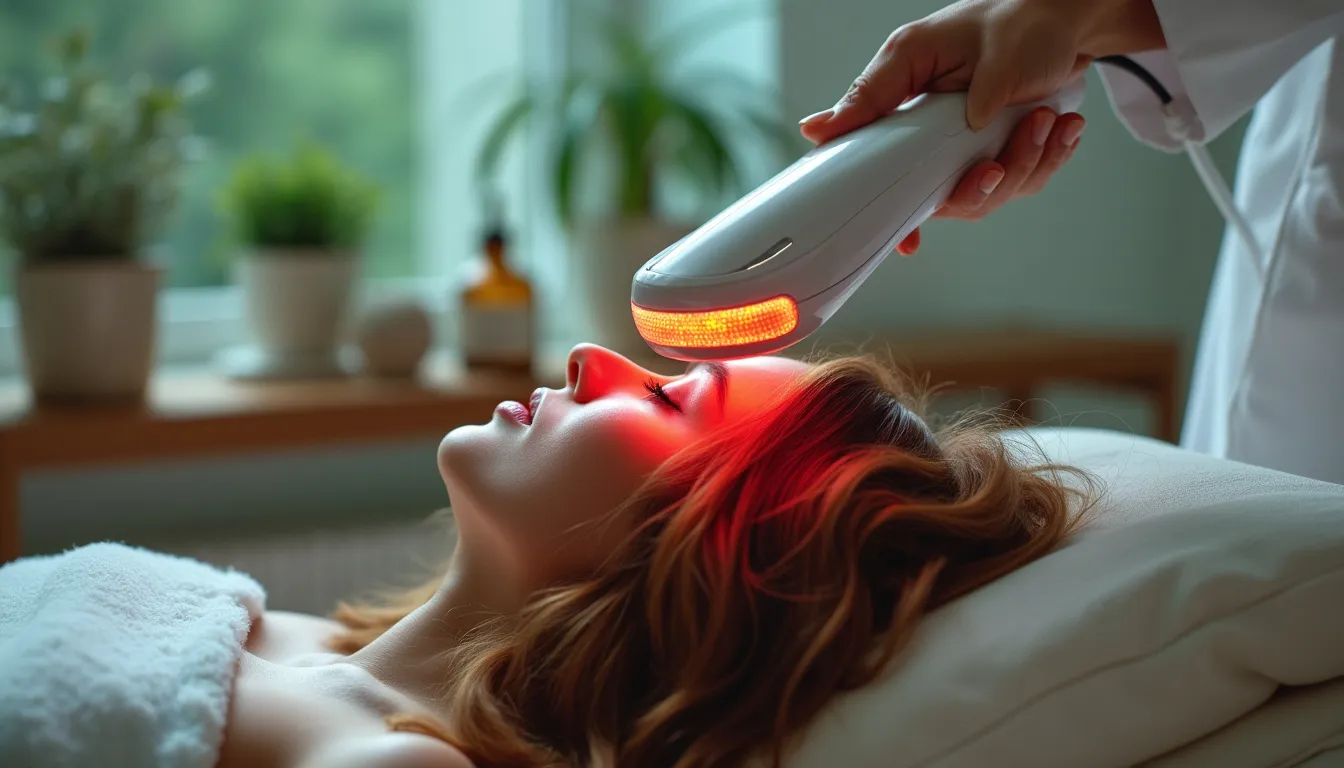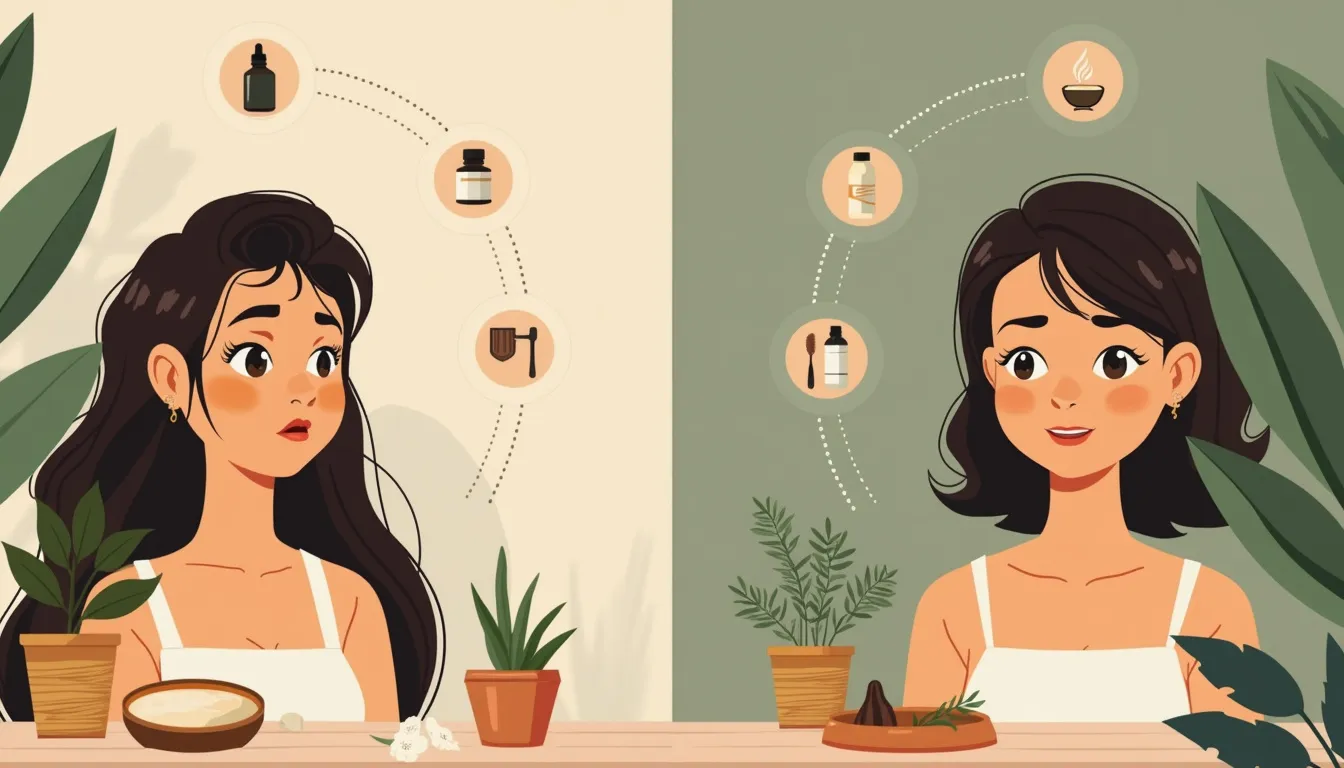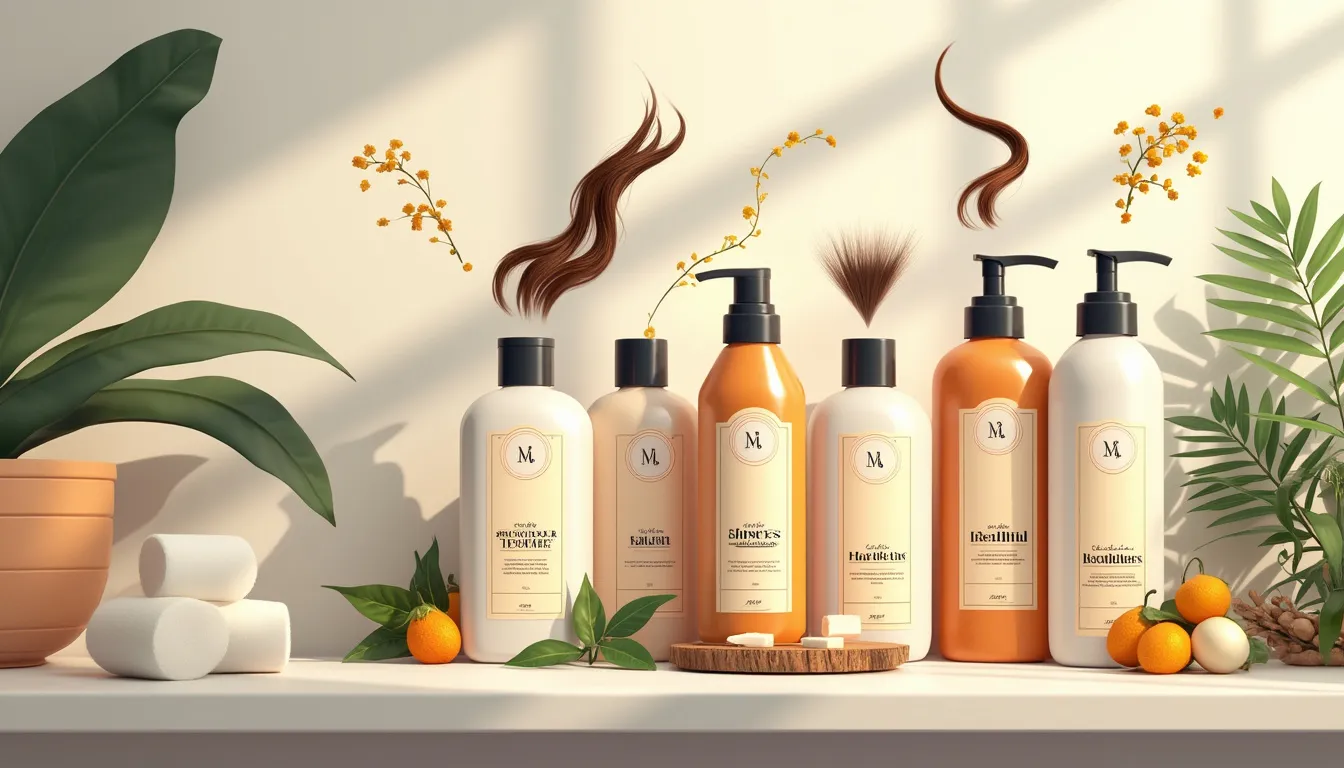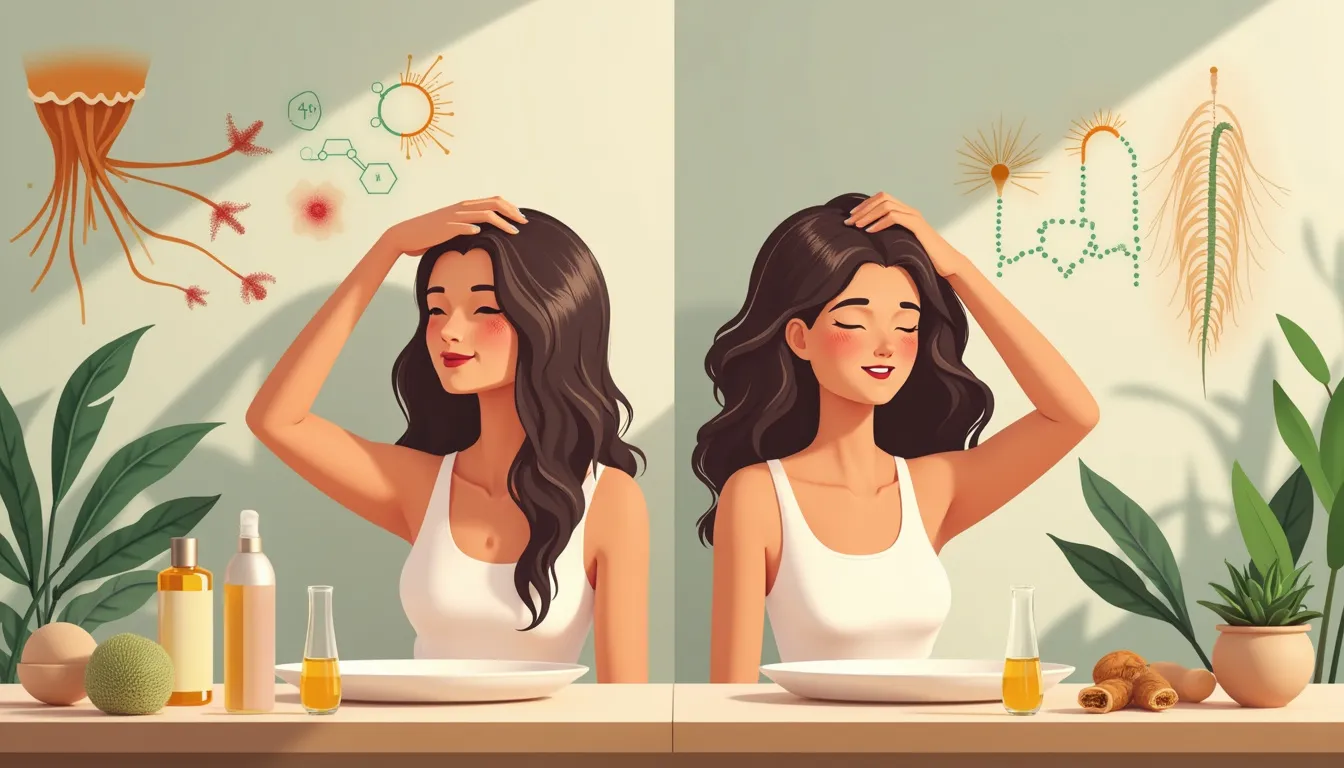Hair loss can be a distressing experience, affecting not just our appearance but also our self-esteem and overall well-being. For those grappling with alopecia, finding effective treatments is often a top priority. Alopecia, a term encompassing various forms of hair loss, impacts millions of people worldwide, regardless of age or gender. Whether you’re dealing with patchy hair loss, thinning strands, or complete baldness, understanding your options for alopecia treatment is crucial in reclaiming both your hair and your confidence.
In this comprehensive guide, we’ll explore the multifaceted world of alopecia treatments, from cutting-edge medical interventions to time-tested non-medical approaches. We’ll delve into the different types of alopecia, examine the psychological toll of hair loss, and emphasize the importance of early diagnosis and intervention. From topical solutions like minoxidil to oral medications such as finasteride, and from innovative therapies to natural remedies, we’ll cover a wide array of treatment options to help you make informed decisions about your hair health.
Whether you’re considering hair transplantation, exploring scalp micropigmentation, or curious about the latest clinical trials, this article aims to equip you with the knowledge you need to tackle alopecia head-on. Join us as we unravel the complexities of hair loss and discover how modern alopecia treatments are helping individuals restore not just their hair, but also their sense of self. Let’s embark on this journey to understand, treat, and ultimately triumph over alopecia.
Understanding Alopecia and Its Impact
Types of Alopecia
Alopecia, a term that often sends shivers down one’s spine, is more than just a fancy word for hair loss. It’s a condition that affects millions worldwide, impacting not just their appearance but also their self-esteem and quality of life. But before we dive into the nitty-gritty of alopecia treatment, let’s unravel the different types of this hair-raising condition.
Androgenetic Alopecia: Also known as male or female pattern baldness, this is the most common type of alopecia. It’s like that uninvited guest at a party – it shows up gradually and often runs in families. For men, it typically starts with a receding hairline, while women might notice thinning at the crown of the head. Blame it on genetics and hormones, folks!
Alopecia Areata: This autoimmune disorder is like your body playing a practical joke on itself. The immune system attacks hair follicles, causing hair to fall out in round patches. It can affect any hair-bearing area and can progress to total scalp hair loss (alopecia totalis) or even complete body hair loss (alopecia universalis).
Telogen Effluvium: Think of this as your hair’s way of throwing a tantrum. Triggered by stress, severe illness, or major life changes, a large number of hair follicles enter the resting phase simultaneously, leading to excessive shedding. The good news? It’s usually temporary.
Traction Alopecia: This type is a result of hair being pulled too tight for too long. Those sleek ponytails and braids might look fabulous, but they could be causing more harm than good. It’s a reminder that sometimes, beauty does come at a price.
Scarring Alopecia: This is the bully of the alopecia world. It destroys hair follicles, replacing them with scar tissue, making hair regrowth in affected areas nearly impossible. It can be caused by various conditions, including certain autoimmune disorders.
Psychological Effects of Hair Loss
Now that we’ve demystified the types of alopecia, let’s talk about the elephant in the room – its psychological impact. Hair loss isn’t just a physical condition; it can wreak havoc on one’s mental health too.
For many, hair is more than just a bunch of protein filaments growing out of our scalps. It’s a crucial part of our identity, a crown we wear every day. When that crown starts to slip, it can lead to:
- Low Self-Esteem: Hair loss can make people feel less attractive, leading to a significant dip in self-confidence.
- Anxiety and Depression: The stress of losing hair can trigger anxiety, and in severe cases, even depression.
- Social Withdrawal: Some individuals might start avoiding social situations, fearing judgment or embarrassment.
- Body Image Issues: Hair loss can dramatically alter one’s appearance, potentially leading to body dysmorphic tendencies.
- Workplace Concerns: Some people worry that hair loss might affect their professional life, fearing age discrimination or perceived lack of vitality.
It’s crucial to recognize these psychological effects and address them alongside any physical alopecia treatment. Remember, mental health is just as important as physical health!
Importance of Early Diagnosis and Treatment
When it comes to alopecia, the old saying the early bird catches the worm couldn’t be more accurate. Early diagnosis and treatment can make a world of difference in managing hair loss and preventing further damage.
Here’s why jumping on the alopecia treatment bandwagon early is so crucial:
- Increased Treatment Efficacy: Many alopecia treatments work best when started early. For instance, medications like minoxidil and finasteride are most effective when used at the first signs of hair thinning.
- Prevention of Further Hair Loss: Early intervention can help slow down or even halt the progression of hair loss, preserving your existing hair.
- Better Chances of Regrowth: The sooner you start treatment, the higher the likelihood of stimulating dormant hair follicles and encouraging regrowth.
- Identification of Underlying Causes: Early diagnosis can help identify any underlying health conditions that might be causing hair loss, allowing for comprehensive treatment.
- Psychological Benefits: Taking action early can provide a sense of control and hope, potentially mitigating some of the psychological impacts we discussed earlier.
So, if you notice more hair on your pillow or in the shower drain, don’t wait for a bare patch to appear before seeking help. Consult a dermatologist or trichologist at the first signs of excessive hair shedding or thinning.
Remember, while hair loss can be distressing, it’s not a lost cause. With early diagnosis and the right alopecia treatment plan, you can take control of your hair health and potentially reverse the effects of hair loss. Don’t let alopecia define you – take action, seek help, and remember that your worth isn’t measured by the number of hairs on your head!
If you’re looking for a comprehensive program to help combat hair loss, consider checking out the Fortify program. It offers a holistic approach to hair health, combining proven treatments with lifestyle recommendations to help you achieve the best possible results.
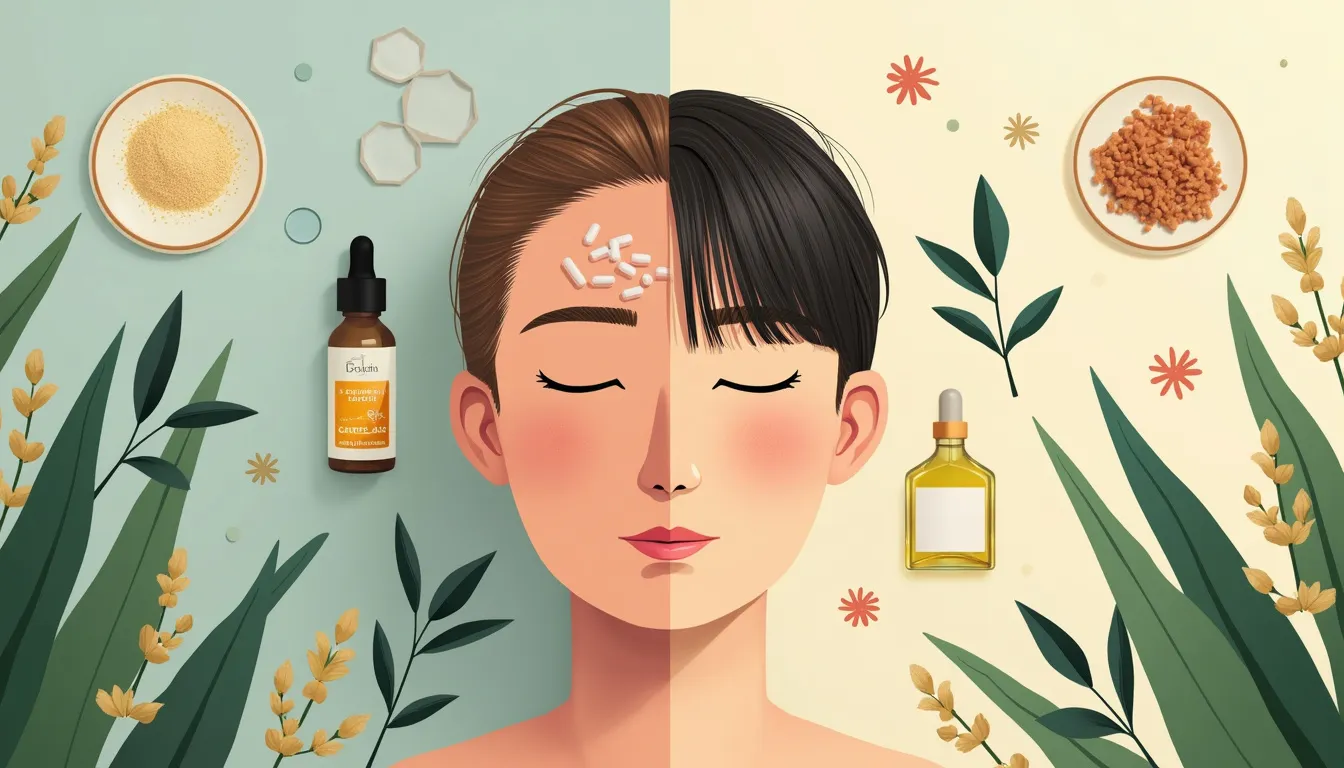
Medical Alopecia Treatments
When it comes to tackling alopecia, medical treatments often form the frontline of defense. These scientifically-backed solutions can help slow down hair loss, promote regrowth, and in some cases, even reverse the effects of alopecia. Let’s dive into the world of medical alopecia treatments and explore the options available to those seeking to restore their crowning glory.
A. Topical Medications: The External Approach
One of the most popular and accessible alopecia treatments comes in the form of topical medications. These are applied directly to the scalp, targeting the hair follicles from the outside. The star player in this category is undoubtedly minoxidil.
Minoxidil: The Hair Loss Hero
Minoxidil, originally developed as a blood pressure medication, was found to have an unexpected side effect – hair growth! Today, it’s available over the counter and is a go-to solution for many dealing with alopecia. Here’s what you need to know:
- Available in 2% and 5% concentrations
- Applied directly to the scalp twice daily
- Works by increasing blood flow to hair follicles and prolonging the growth phase of hair
- Results typically visible after 3-6 months of consistent use
While minoxidil can be effective, it’s important to note that it doesn’t work for everyone. It’s most effective for those with recent onset of hair loss and smaller bald patches. Remember, consistency is key with this treatment!
B. Oral Medications: Fighting Hair Loss from Within
Sometimes, the battle against alopecia needs to be fought from the inside out. This is where oral medications come into play, with finasteride leading the charge.
Finasteride: The DHT Blocker
Finasteride works by blocking the conversion of testosterone to dihydrotestosterone (DHT), a hormone that contributes to hair loss in men. Here’s the lowdown:
- Prescription-only medication, typically 1mg daily dose
- Most effective for male pattern baldness (androgenetic alopecia)
- Can slow hair loss and promote regrowth in some cases
- Results may be seen after 3-6 months, with optimal results at 1-2 years
It’s worth noting that finasteride is generally not recommended for women, especially those who are or may become pregnant, due to potential risks to male fetuses. As with any medication, it’s crucial to discuss potential side effects with your healthcare provider.
C. Corticosteroid Injections and Creams: The Anti-Inflammatory Approach
For certain types of alopecia, particularly alopecia areata, the immune system is the culprit behind hair loss. In these cases, corticosteroids can be a game-changer.
Corticosteroid Injections
These involve injecting steroids directly into the scalp to suppress the immune response causing hair loss. Here’s what to expect:
- Administered by a healthcare professional every 4-6 weeks
- Can be effective for small patches of hair loss
- May cause temporary pain or atrophy at the injection site
- Results can be seen within 4-6 weeks in responsive individuals
Corticosteroid Creams
For those who aren’t fond of needles, topical corticosteroids offer an alternative:
- Applied directly to affected areas of the scalp
- Less potent than injections but can be effective for mild cases
- May cause skin thinning if used long-term
- Results vary, but improvement may be seen within several weeks to months
D. Emerging Therapies and Clinical Trials: The Future of Alopecia Treatment
The world of alopecia treatment is constantly evolving, with researchers tirelessly working on new solutions. Some exciting developments in the pipeline include:
JAK Inhibitors
Janus kinase (JAK) inhibitors have shown promise in treating alopecia areata. These drugs work by blocking specific immune pathways involved in hair loss. While not yet FDA-approved for alopecia, clinical trials have shown encouraging results.
Platelet-Rich Plasma (PRP) Therapy
This treatment involves injecting a concentration of a patient’s own platelets to stimulate hair growth. While more research is needed, early results are promising for certain types of alopecia.
Stem Cell Therapy
Still in its early stages, stem cell therapy aims to regenerate hair follicles. This could potentially offer a solution for those with scarring alopecia or extensive hair loss.
While these emerging therapies offer hope, it’s important to approach them with cautious optimism. Many are still in clinical trials and may not be widely available or suitable for everyone.
As we’ve explored, there’s a wide array of medical alopecia treatments available, from tried-and-true topical solutions to cutting-edge therapies. The key is finding the right approach for your specific type of alopecia and individual needs. Remember, what works for one person may not work for another, so patience and persistence are crucial in your hair restoration journey.
If you’re feeling overwhelmed by the options, don’t worry – you’re not alone. Many people find that a combination of treatments, along with lifestyle changes, yields the best results. Consider exploring a comprehensive hair loss program like Fortify, which takes a holistic approach to hair restoration.
Remember, treating alopecia is not just about regrowing hair – it’s about restoring confidence and improving quality of life. With the right treatment plan and a positive attitude, you can take control of your hair loss journey and embrace a future with healthier, fuller hair.

Non-Medical Approaches to Alopecia Treatment
While medical treatments for alopecia can be effective, many individuals seek non-medical alternatives to address their hair loss concerns. These approaches can offer cosmetic improvements, boost confidence, and provide a sense of control over one’s appearance. Let’s explore some popular non-medical alopecia treatments that have shown promising results for many people struggling with hair loss.
Hair Transplantation Techniques
Hair transplantation has come a long way in recent years, offering natural-looking results for those with permanent hair loss. This surgical procedure involves moving hair follicles from areas of the scalp with thicker growth (typically the back of the head) to areas experiencing thinning or baldness.
Two main techniques are used in hair transplantation:
- Follicular Unit Transplantation (FUT): Also known as the strip method, FUT involves removing a strip of skin with hair follicles from the donor area and transplanting individual follicles to the recipient area.
- Follicular Unit Extraction (FUE): This more advanced technique involves extracting individual hair follicles directly from the donor area and implanting them in the recipient area.
While hair transplantation can provide excellent results, it’s important to note that it may not be suitable for all types of alopecia. Consulting with a qualified hair restoration specialist is crucial to determine if this alopecia treatment is right for you.
Scalp Micropigmentation
Scalp micropigmentation (SMP) is a non-surgical cosmetic procedure that creates the illusion of a fuller head of hair. This innovative technique involves using specialized pigments and needles to deposit tiny dots on the scalp, mimicking the appearance of hair follicles.
SMP can be an effective alopecia treatment for various situations:
- Creating the look of a closely-shaved head for those with extensive hair loss
- Camouflaging scars from previous hair transplant procedures
- Enhancing the appearance of thinning hair by reducing the contrast between the scalp and remaining hair
One of the advantages of SMP is its versatility – it can be customized to match different skin tones and hair colors, providing a natural-looking result. While not a permanent solution, SMP can last for several years with proper care and occasional touch-ups.
Wigs, Hairpieces, and Scalp Prostheses
For those seeking a non-invasive and flexible alopecia treatment, wigs, hairpieces, and scalp prostheses offer excellent options. These solutions have come a long way in terms of quality and natural appearance, providing instant results and boosting confidence.
Wigs: Modern wigs are available in a wide range of styles, colors, and materials. High-quality human hair wigs can be styled and treated like natural hair, while synthetic wigs offer convenience and lower maintenance. Some key considerations when choosing a wig include:
- Cap construction (e.g., lace front, monofilament, or hand-tied)
- Hair type and origin (synthetic vs. human hair)
- Fit and comfort
- Maintenance requirements
Hairpieces: Also known as toppers or partial wigs, hairpieces are designed to cover specific areas of hair loss. They can be an excellent option for those with patchy alopecia or thinning at the crown. Hairpieces are typically attached using clips, tape, or adhesive, and can be seamlessly blended with existing hair.
Scalp prostheses: These custom-made solutions are designed for individuals with extensive hair loss, such as those with alopecia totalis or universalis. Scalp prostheses are created to fit the exact contours of the wearer’s head, providing a secure and natural-looking alternative to traditional wigs.
Lifestyle Changes and Natural Remedies
While not a standalone alopecia treatment, certain lifestyle changes and natural remedies may help support overall hair health and potentially slow down hair loss. It’s important to note that these approaches should be used in conjunction with professional medical advice and may not be effective for all types of alopecia.
Some lifestyle changes and natural remedies to consider include:
- Stress management: Chronic stress can exacerbate hair loss in some cases. Practicing stress-reduction techniques like meditation, yoga, or regular exercise may help support overall hair health.
- Balanced diet: Ensuring adequate intake of vitamins and minerals, particularly iron, biotin, and vitamins D and B12, can contribute to healthier hair growth.
- Scalp care: Maintaining a clean and healthy scalp through regular washing and gentle massage may promote better hair growth conditions.
- Natural oils: Some people find that applying natural oils like coconut, castor, or rosemary oil to the scalp can help nourish hair follicles and potentially stimulate growth.
- Herbal supplements: Certain herbs like saw palmetto and ginseng have been traditionally used to support hair health, although scientific evidence for their effectiveness is limited.
It’s crucial to approach natural remedies with caution and consult a healthcare professional before starting any new supplement regimen, especially if you’re already undergoing other alopecia treatments.
While exploring non-medical approaches to alopecia treatment, it’s essential to consider a comprehensive hair loss solution that addresses both the physical and emotional aspects of hair loss. Programs like Fortify offer a holistic approach to hair restoration, combining proven techniques with personalized support to help you regain your confidence and achieve the best possible results in your hair restoration journey.
As we conclude our exploration of effective alopecia treatments, it’s clear that there are numerous options available for those struggling with hair loss. From medical interventions like topical and oral medications to innovative non-medical approaches such as hair transplantation and scalp micropigmentation, the field of alopecia treatment continues to evolve and offer hope to millions worldwide.
It’s important to remember that the journey to hair restoration is unique for each individual. What works for one person may not be as effective for another, highlighting the need for personalized treatment plans developed in consultation with healthcare professionals. Moreover, addressing the psychological impact of hair loss is just as crucial as treating its physical manifestations. Support groups, counseling, and self-care practices can play a vital role in rebuilding confidence and self-esteem.
As research progresses, we can expect even more advanced and targeted alopecia treatments to emerge. Clinical trials are ongoing, and scientists are continually uncovering new insights into the complex mechanisms behind hair loss. This gives us reason to be optimistic about future breakthroughs in the field.
Ultimately, the goal of alopecia treatment extends beyond just restoring hair – it’s about empowering individuals to feel comfortable and confident in their own skin. Whether through medical interventions, cosmetic solutions, or a combination of approaches, there are ways to manage alopecia and improve quality of life.
If you’re experiencing hair loss, don’t hesitate to seek help. Early diagnosis and treatment can make a significant difference in outcomes. Remember, you’re not alone in this journey, and with the right support and resources, it’s possible to find an alopecia treatment that works for you.
For those looking to take proactive steps in managing hair loss, consider exploring comprehensive programs designed to address multiple aspects of hair health. One such option is the Fortify program, available at hairsecurity.net/fortify, which offers a holistic approach to combating hair loss and promoting overall scalp health.
In the end, whether you choose medical treatments, non-medical approaches, or a combination of both, the most important thing is to stay informed, be patient with the process, and prioritize your overall well-being. With perseverance and the right treatment plan, it’s possible to not only manage alopecia but also to regain a sense of control and confidence in your appearance.
